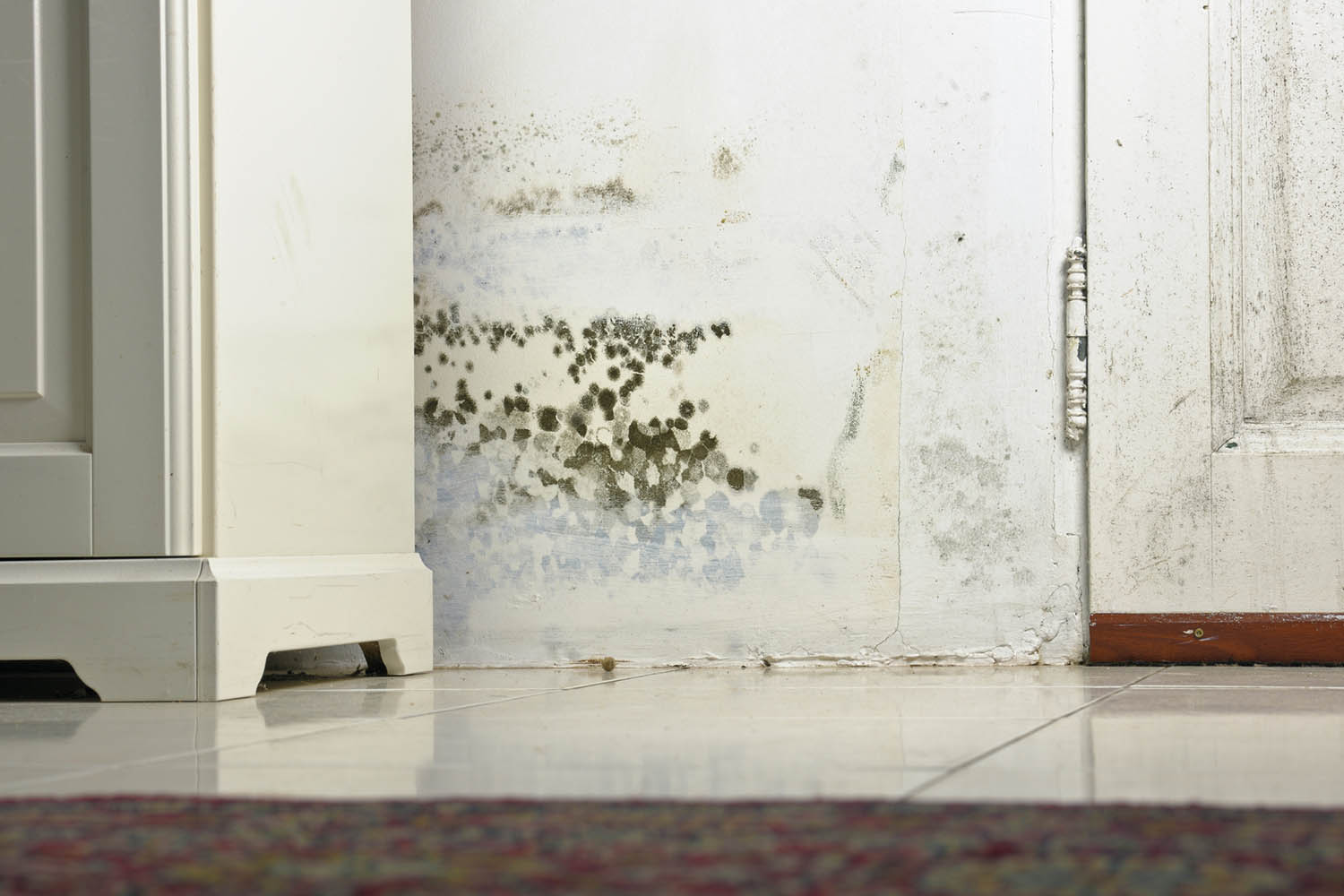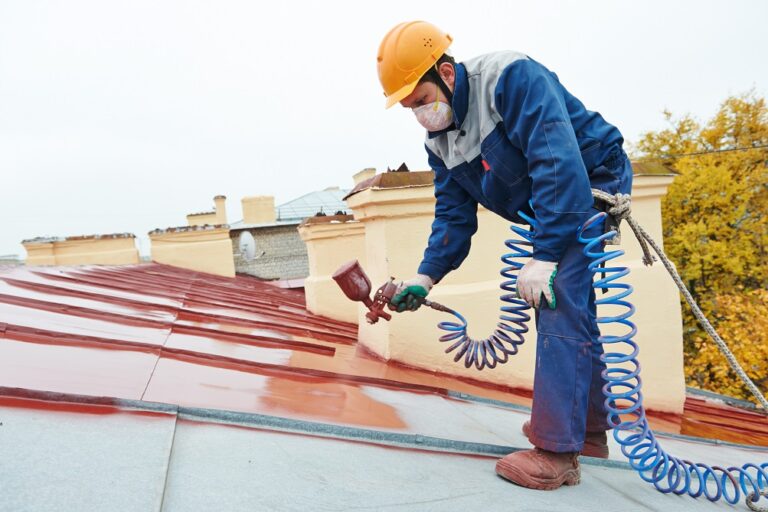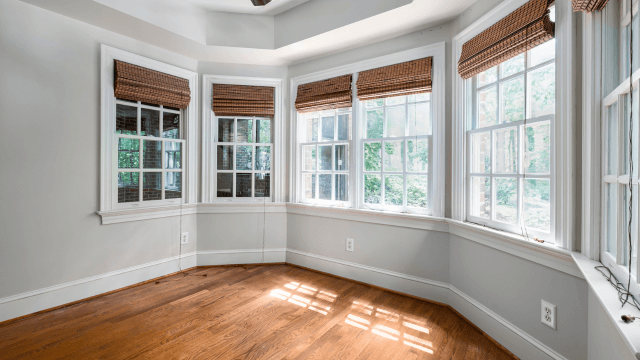How to Prevent Mold After Flooding

Flooding can cause significant damage to homes and businesses, and one of the most pressing challenges in the aftermath is preventing mold growth. Mold not only damages property but also poses serious health risks, especially to those with allergies and respiratory issues. This article provides essential steps on how to effectively prevent mold after experiencing flooding.
Immediate Water Extraction and Drying
The first and most critical step in mold prevention is to remove standing water and dry out the premises as quickly as possible. Use pumps and wet vacuums to remove water, and employ dehumidifiers and large fans to aid in the drying process. Opening windows and doors to increase air circulation can also help, weather permitting. The goal is to dry the affected areas within 24 to 48 hours to minimize the risk of mold growth.
Remove Wet Materials
Materials such as carpets, insulation, fabric, and even drywall that have been soaked by flood water are potential breeding grounds for mold. These materials should be removed and discarded if they cannot be dried and cleaned thoroughly. It’s crucial to be thorough during this process, as any overlooked damp material can become a source of mold growth.
Cleaning and Disinfecting
Once the area is dry, cleaning and disinfecting are vital to prevent mold. Flood water can contain contaminants and bacteria that serve as a food source for mold. Use water and soap to clean all affected surfaces first and then apply a disinfectant to kill any remaining mold spores. Solutions like bleach diluted in water can be effective for disinfecting surfaces, but ensure the area is well-ventilated when using strong chemicals.
Check Hidden Areas
Mold can hide in places that are not immediately obvious. Check behind walls, in crawl spaces, under floors, and in ventilation systems. These areas may require specialized inspection tools such as moisture meters and thermal imaging cameras to assess moisture levels and detect unseen mold growth.
Maintain Low Humidity Levels
Keeping indoor humidity low is essential in preventing mold. Aim to maintain humidity levels below 50%. This can be monitored with a hygrometer, a device that measures humidity. Continue using dehumidifiers and air conditioners to control the indoor climate, particularly during the hot and humid months.
Use Mold-Inhibiting Products
Consider using mold inhibitors, which can be added to paints before application on walls and ceilings. There are also mold-resistant drywall and sheetrock products designed to be less hospitable to mold growth, which are particularly useful in flood-prone areas.
Professional Mold Remediation
If mold is detected or if the scale of flooding is extensive, it’s advisable to contact professional mold remediation Southwest specialists. Professionals have the tools, knowledge, and protective gear to safely address significant mold issues, ensuring that the mold is removed properly and that steps are taken to prevent future growth.
Conclusion
Preventing mold after flooding is crucial for maintaining the structural integrity of your property and for protecting the health of its occupants. By taking immediate action to dry out affected areas, removing contaminated materials, thoroughly cleaning and disinfecting, and maintaining a dry environment, you can significantly reduce the risk of mold growth. In cases of severe flooding, always consider enlisting the help of professionals to ensure complete and safe restoration.





